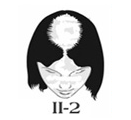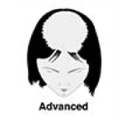Over the last 20 years, the advances in our understanding of the processes involved in the surgical excision and relocation of hair follicles has been profound. At the same time, equipment has improved to the point where surgeons are able to work at the microscopic level, removing individual follicular units with absolute precision
Similarly, the technical evolution of the equipment used has enabled surgeons to deliver outstanding results. Like never before, scarring can now be virtually non-existent and the results of the surgery undetectable.










